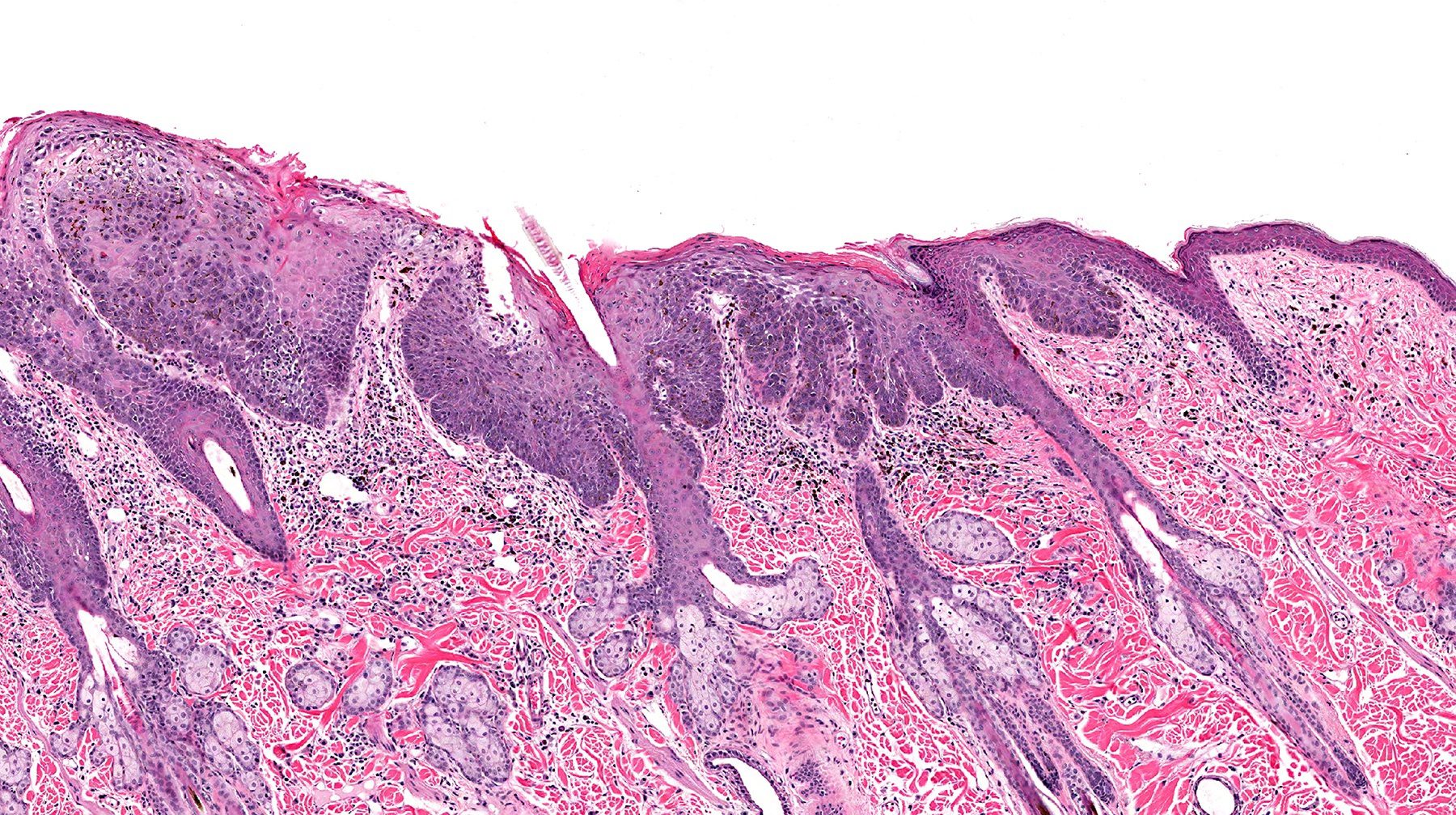What are the Symptoms of Actinic Keratoses?
Most people who get AKs do not have any symptoms. They only notice changes to their skin. Symptoms can occur. A few symptoms to watch for are:
Rough-feeling patch on skin that cannot be seen.
Rough patch or growth that feels painful when rubbed.
Itching or burning.
Lips feel constantly dry, crusty
An AK can come and go. An AK can appear on the skin, remain for months, and then flake off and disappear. The skin can suddenly feel smooth. Many AKs re-appear in a few days to a few weeks. They often re-appear when the person goes outdoors without sun protection. AKs come from chronic sun damage however recurrent unprotected sun exposure can worsen this condition. If the damage grows deeper, skin cancer can develop.
